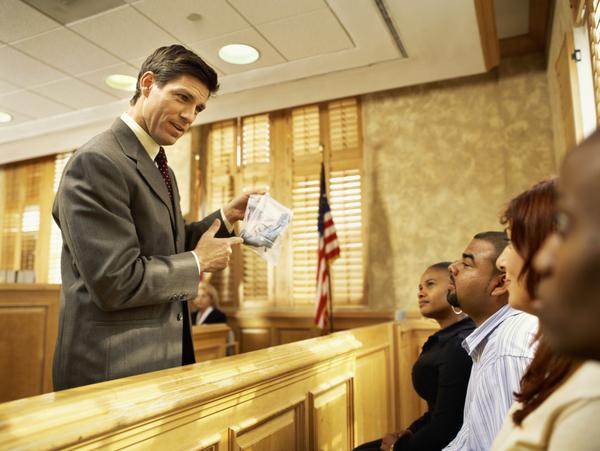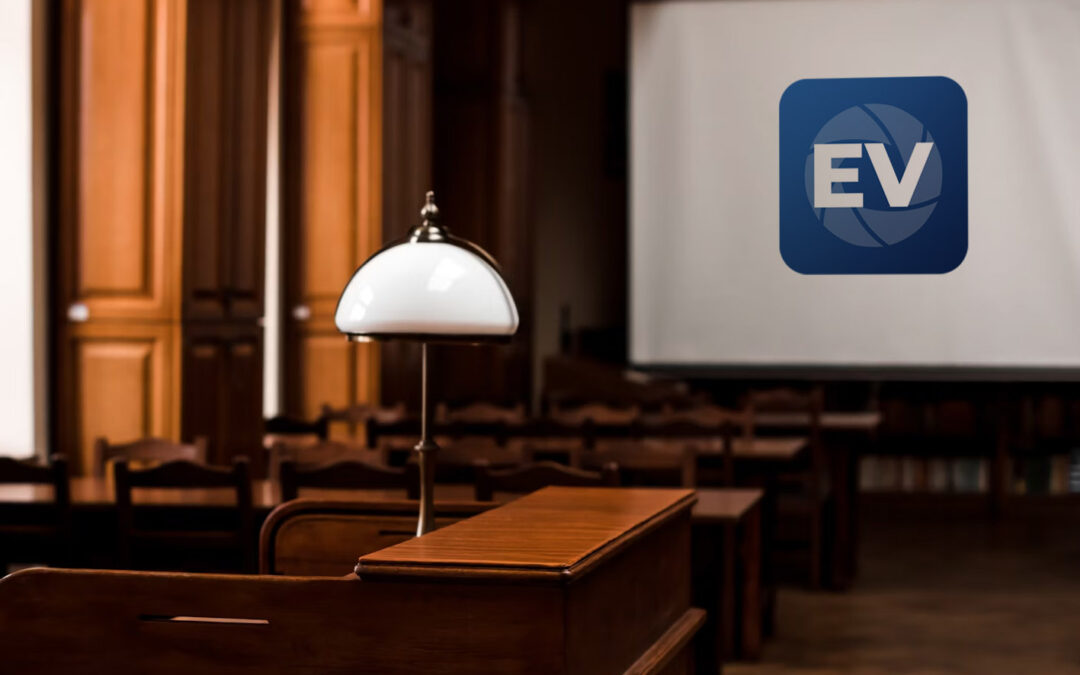Interactive trial presentations enhance case preparation.
Wiki Article
How Test Presentations Enhance Your Argument and Encourage Jurors
Test presentations act as a pivotal device for enhancing legal arguments and persuading jurors. By integrating visual aids, narrative frameworks, and emotional interaction, attorneys can develop an engaging situation that reverberates on numerous degrees. The calculated use visuals not only clarifies intricate info however additionally captures jurors' attention extra successfully than words alone. Nonetheless, the art of narration plays a similarly vital function in changing valid proof into an engaging narrative, forming jurors' understandings - trial presentations. Understanding these components can dramatically influence trial results, raising the inquiry of exactly how each part adds to this intricate dynamic.
Value of Aesthetic Aids
Aesthetic aids play a vital function in enhancing the effectiveness of test presentations, as they can significantly raise audience engagement and retention of information. In the context of a test, where jurors are charged with handling complicated information, visual aids offer to simplify and clear up bottom lines. Graphes, graphs, and pictures can communicate information and concepts that might otherwise overwhelm or puzzle jurors, permitting a much more uncomplicated understanding of the proof presented.Additionally, visual aids aid in maintaining juror focus throughout the process. By damaging the monotony of verbal testimony, these tools can punctuate essential debates, making them extra remarkable. Effective visual help can also stimulate emotional reactions, which can be critical in convincing jurors to line up with the presenter's narrative.

Crafting Engaging Narratives
An engaging story is crucial in test presentations, as it works as the backbone of reliable persuasion. It enables attorneys to weave together realities, evidence, and psychological components right into a coherent story that resonates with jurors. This narrative structure makes it possible for jurors to recognize the complexities of the instance while directing them with the attorney's debate.To craft an engaging narrative, lawyers ought to focus on quality and comprehensibility. This entails developing a clear protagonist-- commonly the client-- and detailing their trip with the occasions in concern. Offering the facts in a rational series boosts understanding and keeps involvement. Additionally, using brilliant summaries can create mental pictures that assist jurors visualize the occasions, making the narrative a lot more unforgettable.
Moreover, incorporating key themes throughout the discussion enhances the core message and help in retention - trial presentations. The story should not only share details but likewise evoke a feeling of justice, highlighting the stakes included. Ultimately, a sound story fosters a link in between the jurors and the situation, placing the lawyer's argument as both trustworthy and engaging, therefore increasing the probability of a favorable decision

Involving the Jury Psychologically
Effective jury interaction pivots on the lawyer's capacity to link with jurors on an emotional level. This link can substantially impact jurors' understandings and their ultimate decision-making.Visual aids, such as photographs or video clips, can better boost psychological engagement, offering jurors with vivid representations of the situation's human aspects. Crafting a narrative that highlights the struggles and victories of the people involved makes certain that jurors see beyond the legal debates and look at here now identify the human effects of their choices.
Furthermore, tone and body language play a critical duty in communicating emotion. An attorney's passionate delivery can resonate with jurors, enhancing their emotional financial investment in case. It's important to balance psychological allures with valid evidence, making sure that jurors really feel obliged to act while remaining based in the reality. Inevitably, an emotionally involved court is most likely to be encouraged, making psychological connection an essential element of effective trial presentations.
Structuring Your Presentation

The body of the discussion must be realistically fractional into bottom lines, each supported by compelling evidence. It is useful to utilize storytelling techniques to weave realities into a story that jurors can quickly comply with. Aesthetic help, such as charts and videos, can boost comprehension and interaction, helping to highlight essential items of proof.
Real-World Instance Researches
Analyzing real-world study gives invaluable understandings into the art of trial presentations and persuasion. The spots case of "O.J. Simpson v. The People of California" shows just how aesthetic Read Full Article aids and compelling stories can persuade court perceptions. The protection group successfully utilized a technique that combined high-profile specialist testimonies with multimedia presentations, which astounded jurors and inevitably affected their choice.
An additional noteworthy example is the "McDonald's Coffee Situation," where the complainant's lawyers utilized graphic photos of the injuries her response received by Stella Liebeck. trial presentations. This stark aesthetic evidence played a vital role in communicating the extent of her burns, bring about a significant court honor. Such cases demonstrate that impactful trial discussions commonly depend upon the reliable assimilation of visuals and storytelling to evoke psychological feedbacks from jurors
Moreover, the "Casey Anthony Trial" highlighted the value of narrative comprehensibility and credibility. The prosecution's failure to establish an engaging timeline decreased their persuasive power, highlighting the requirement of a well-structured presentation. Evaluating these situations exposes that effective test presentations require strategic planning, psychological engagement, and the ability to reverberate with jurors' worths and beliefs.
Final Thought
Test discussions significantly improve arguments and convince jurors with the critical usage of visual help, compelling narratives, and psychological interaction. A well-structured discussion balances psychological charms with valid evidence, inevitably reverberating with jurors' values.Report this wiki page